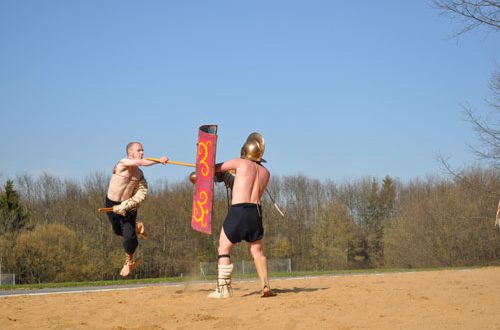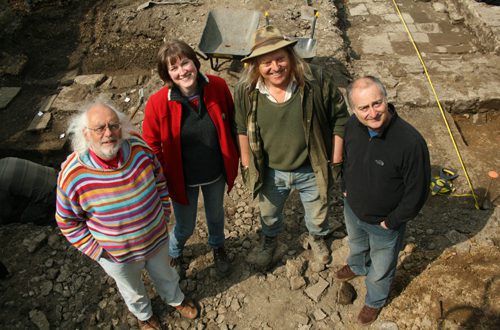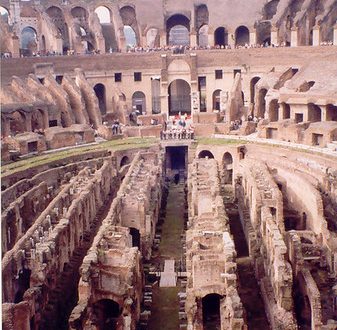 An architect and a classical archaeologist have come together to give a new perspective on one of Rome’s ancient roads, via Tiburtina. The result is a book just published, Via Tiburtina – Space, Movement and Artefacts in the Urban Landscape, which examines the constantly changing urban space of the road. The project involved six years of studying almost every inch of the ancient road and takes an interdisciplinary look at the road through the ages and from various angles, including its history during antiquity, the Renaissance and up to its continued use today.
An architect and a classical archaeologist have come together to give a new perspective on one of Rome’s ancient roads, via Tiburtina. The result is a book just published, Via Tiburtina – Space, Movement and Artefacts in the Urban Landscape, which examines the constantly changing urban space of the road. The project involved six years of studying almost every inch of the ancient road and takes an interdisciplinary look at the road through the ages and from various angles, including its history during antiquity, the Renaissance and up to its continued use today.
The origins of via Tiburtina date back 3,000 years (although the Roman foundations of the road were laid in 286 BC). The modern incarnation of the road starts in the centre of Rome, just east of Rome’s Termini station, although archaeologists believe it would have extended as far as the Tiber during Roman times. It leads eastwards to Tivoli, home and court to Hadrian during the latter years of his reign. It would have been the emperor‘s (and his messengers’) main route to Rome. The road carries on beyond Tivoli, and during Roman times it went all the way to Pescara on the Adriatic coast. Today it might be known to motorists as State Road 5, but many stretches of the modern road also still bear its original name.
Hans Bjur, professor in Urban Transformations at the Department of Conservation, University of Gothenburg and professor Barbro Santillo Frizell, director of the Swedish Institute in Rome, are the leaders of this unique research project that considers the Roman and pre-Roman history of the road, as well as its modern use as a busy traffic artery into the city’s chaotic capital. It also examines the the relationship between the road and the city’s development. The book claims to launch a new approach to modern city development, calling it urban landscape archaeology.
 The book is divided into 13 illustrated chapters written by experts from various disciplines, including archaeology, cultural heritage, ancient history, architecture, art and building conservation.
The book is divided into 13 illustrated chapters written by experts from various disciplines, including archaeology, cultural heritage, ancient history, architecture, art and building conservation.
The leaders of this collaborative project hope to have laid the foundations for further interdisciplinary research of this type but they also aim to provide analysis and processes that can be of practical use in the the planning of modern towns.
The book is published by the Swedish Institute in Rome with the support of the Swedish Research Council, and is being distributed by eddy.se. The book was launched on the Swedish market at the Gteborg Book Fair, 24-27 September, and will be launched internationally in Rome on 11-12 December.
Photos by Jonathan Westin and Ake E:son Lindman.



